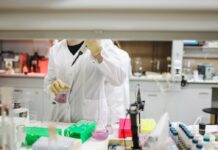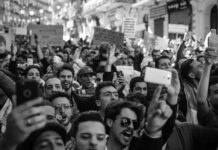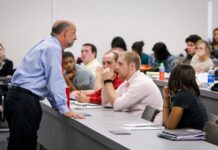THE APOLLO 14 MOON TREES THAT TRAVERSED THE GALAXY
Stuart Roosa was destined to become an astronaut.
In 1953, the Oklahoma native worked as a U.S. Forest Service smokejumper, parachuting out of planes to fight forest fires. He moved to Oregon where he worked as an Air Force test pilot and fell in love with the thick woods of the state.
Roosa landed a seat. He landed about 500 seats tens of thousands of plant seeds!
AROUND THE MOON IN 34 ORBITS
“In those days every Apollo astronaut was allowed to take a few little personal things into space together,” reads the Oregon Travel Information site. “What they picked varied greatly. Golf balls were chosen by alan Shepard. John Young, on Gemini 3, took a corned beef sandwich. Stuart Roosa took tree seeds.”
But he did for mathematics. There were questions concerning the seeds. If they returned to Earth Can they sprout? If they moved to the Moon, what would happen to them?
Apollo 14 launched, and Roosa took roughly 500 sorts of tree seeds with him. While he didn’t walk on the Moon — the space module was controlled by him — his seeds orbited the Moon 34 times. Lots of the seeds were planted for the nation’s bicentennial, such as a Loblolly Pine in the White House when they returned.

Matters operate on the Earth. If you dropped a metallic ball and a feather from a tower at exactly the exact same height, you know this. The feather will not crash into the ground than the ball. What gives? On Earth, air resistance changes the speed of descent for objects. Eliminating this immunity permits the feather.
Learn More: CRACKING THE CLASSIC EGG DANCE
Let us take the amusement park ride which we mentioned. Imagine only this time you’ve got a quarter in your hand. If, during the descent, you let go will happen? It’ll fall giving the impression that it is floating in front of you. The same thing happens to all objects in space.
FALLING TOWARD AND AROUND THE EARTH
Consider its team the space station, and some other items. They descend at the same rate, and that they seem to float. The gravitational pull of the planet isn’t the force acting on individuals and these objects. The space station is currently traveling moving at a rate that matches the curve of the surface of the Earth.
A few of the seeds were given as gifts.
The issue, of course, was that records of these trees were not kept, so only 50 of those trees are accounted for around the world.
Six of the 50 trees that are known are in Oregon Roosa maintained Coos Bay, Oregon’s city, as his hometown.
Douglas Firs is situated in Roseburg at the State Capitol Building in Salem, Oregon’s University, Oregon State University, and in a private home in Salem. The state capitol tree was implanted by governor Bob Straub on Arbor Day and the Fir is a State Heritage Tree.
Bicentennial Moon Tree, located in the Northeast corner of Washington Square, Philadelphia, PA..
SPACE SEEDS
Surprisingly, no attributes were exhibited by the trees from being in space.
In 2011, NASA Astronomer David Williams told Wired Magazine that”nobody knew for certain whether being exposed to weightlessness or radiation could do something to the seeds. If they grew 15, control trees climbed right to determine. However, they did not find anything.”
Nonetheless, the trees’ legend resides on.
“Regrettably, Stuart Roosa passed away in December 1994,” reports NASA. “The Moon Trees continues to flourish, a living monument to our first visits to the Moon and a fitting memorial to Stuart Roosa. No list was kept nor any systematic monitoring made from the disposition of all of the trees.”
Facts Check: Uber Fake










